Story and Photos by ITN European Reporter Herve’ Rebollo.
Salut à toi American rider,
In reference to my previous post, about my friend Jeff’s DOLLAR branded motorcycle, let’s now discover this old French brand from the beginning of the 20th century.
Louis Delachanal was working for Établissements Foucher, a precision mechanics and locksmith company founded in 1850, when he met Juliette Foucher, the daughter of his employer, whom he married a few years later1. In 1890, the company, which became “Foucher e In 1900, Eugène Foucher handed over the reins to his son-in-law Jean-Louis Delachanal. On November 14, 1920, Louis Delachanal died. His daughters, including Jeanne, took over the family business in Charenton. In February 1921, Ets Delachanal merged and linked its name with SAVAVA (Société Anonyme pour l’Achat et la Vente d’Articles de Voyages et Accessories), a company created by Georges and Gaston Vuitton (son and grandson of Louis, the designer) to whom Delachanal sold locks and padlocks.t Delachanal”, launched the “Omnium et Spencer” brand of bicycles, located at 3 rue Taylor in Paris. Louis Delachanal becomes the technical director of the “Manufacture Française des Cycles Omnium”.
Around 1890, locksmiths and manufacturers of sewing machines and bicycles, Eugène Foucher and Jean-Louis Delachanal, partnered to create the Omnium brand. Their first and short-lived mechanical creation was a two-cylinder petrol voiturette in 1896, with which they attempted to participate in the Paris-Marseille-Paris race.
In addition to the production of bicycles, DELACHANAL establishments launch DOLLAR cycles.
Well, DOLLAR is not an American brand.
In 1923, Vuitton was already well-established in the United States where people paid with the famous Indian Head gold dollar coin. It is said that this is the origin of the name chosen for the newly created brand by Ets Delachanal and SAVAVA of Georges Vuitton. The name “Dollar” was introduced, capitalizing on the fashionable obsession of the time with all things American.
Dollar, Foucher-Delachanal, Omnium Metallurgique, SAVAVA, Vuitton, Majestic, Chaise, Moser, MAG… these few names sum up the entire history of the brand. Eugène Foucher handed over the reins to his son-in-law Jean-Louis Delachanal, and the company, too cramped in Paris, moved to Charenton-le-Pont, having just won the lucrative contract for those beautiful cast iron mailboxes launched by Prefect Mougeot (hence their nickname of mougeottes). Omnium continued its locksmith activities and the construction of bicycles and accessories under the Omnium and Spencer brands. Jean-Louis Delachanal died in 1920, his daughters took over, and in February 1921, Ets Delachanal merged and linked their name with SAVAVA (anonymous society for the Purchase and Sale of Travel Articles and Accessories), a company created by Georges and Gaston Vuitton (sons and grandson of Louis, the founder) to whom Delachanal sold locks and padlocks.
And, as the American dream was in vogue in the years immediately after the war, the motorcycles built by Delachanal would be called Dollar and would even sport an Indian head to make them more authentic. Like the vast majority of French and foreign brands at the time, which numbered in the hundreds, Dollar was a constructor-assembler that only manufactured its frames, mudguards, and various accessories and sourced the engine, wheels, brakes, and accessories from specialized suppliers.
The first Dollar motorcycle, presented at the Paris Salon of 1923, was a 125 cm3 with a Moser engine, an economical but cutting-edge mechanic being the only four-stroke with overhead valves on the market in this displacement and moreover in a two-speed engine-gearbox block. Two years later, Dollar presented no less than seven motorcycles at the show with different displacements and finishes, and even a tandem and a three-wheeler. At the end of 1927, the factory moved to larger premises on the Quai de la Marne, in Joinville-le-Pont. The timing was, unfortunately, poorly chosen; the population of age to buy a motorcycle had decreased due to the war, raw material prices increased with the financial crisis of 1929, and Ets Delachanal could not bear the costs of the new factory and the production of a very broad range with models of 175, 250, 350, and 500 cm3.
In December 1930, the brand was absorbed by the Omnium Metallurgique et Industriel (O.M.I.), to which it was heavily in debt, as it was the one that produced the Chaise engines equipping nearly the entire Dollar range.
Dollar suddenly became one of the few genuine manufacturers since the engines came from the same house. There was hope for a great revival, especially since this merger of the two companies had already resulted in the presentation of a fabulous 500 cm3 four-cylinder prototype at the Paris Salon of 1930, followed by a 750 in 1933, which, alas, was produced in only about ten units. O.M.I. had also bought Majestic from their creator Georges Roy, and the first brochures had renamed these motorcycles Royal-Dollar, but the formidable Majestics produced from 1930 to 1933 would nevertheless retain their original name. In 1936, social unrest once again weakened the company, which was forced to stop the production of Dollar motorcycles, but O.M.I. would nonetheless continue to supply spare parts until 1955 from its premises on Rue Auguste Lançon in Paris.
The adventure continues today with the Dollar Friendship Club and with the help of professionals passionate about vintage motorcycles such as Paulik Motor (Gresse-en-Vercors 38650) and Chambrier father and son Chambrier père et fils who manufacture a very large number of parts.
The Dollar Friendship Club (Amicale Dollar) has been fairly stable with about 70 members and 220 motorcycles since its creation in 1997 by Jean-Michel Madranges. Its baseline is: -“Rolling on gold is good, but rolling on Dollar is better”.
He is still the current president, assisted among others by Bernard Knapp, the treasurer of the association and organizer along with Thierry Farges of an exhibition to celebrate the centenary of the brand. The 20 motorcycles exhibited at Rétromobile fair Paris 2023 represented the entire production of Dollar except for the Majestic that became part of the brand in 1930 and the mythical 750 four-cylinder, a star of the 1930s shows of which only two survivors are known, one unfortunately unavailable and the other undergoing restoration. See here a 350 R4 from 1931 and in the top left thumbnail.
The story of a brand, but also that of a club with a “barn find” motorcycle as they are often found and another that experienced its first show after a long restoration.
Like all great stories, Dollar’s began with sports successes, here with Edmond Druz on the Dollar number 3 (see him also on the headline photo).
The 125 BT version from 1926 with a two-speed gearbox, belt drive to the rear wheel, and front suspension with an oscillating fork supported on leaf springs.
See the small Moser engine with parallel valves operated by rods and rockers, but on this 175 C from 1925, the two-speed Albion gearbox is separate, the primary transmission is by chain and the secondary by belt.
1927: Dollar chooses (almost) definitively its engine manufacturer, Chaise, with this 170 cm3 type I equipped with a two-speed Staub gearbox. Three years later, a BMA (bicycle with auxiliary engine) will also be presented, powered by a Chaise two-stroke engine of 100 cm3 and single speed. These will be the only two-strokes made by Chaise.
Things get serious with this 500 L from 1928 with a Chaise engine, of course, and overhead camshaft driven by shaft and bevel gears. Thanks to Moto Magazine (Dollar report to follow in the next issue) who kindly let me use their white background and lighting. Professional-style photos are so much better!
Another OHC with this 500 LSS from 1929. For those not familiar with Chaise, you can easily recognize the OHC versions because the lower right front corner of the crankcase contains an oil pump that is absent on the later overhead valve models.
Also in 1929, a superb 350 KSS with Chaise OHC engine.
1930: O.M.I. publishes this brochure presenting under the name “Royal Dollar”, the Majestic whose rights it had just acquired. The name was used very briefly on a standard 350, but the Majestics retained their original name until 1933.
For its most sporty models, Dollar occasionally strayed from Chaise engines. This very rare 350 Y from 1931 is thus equipped with a Swiss MAG engine. One also notices the appearance of the famous Dollar frame whose upper beam and front strut are made of stamped steel. On the 350 R4 from 1931 presented a little further down, the rear part of the frame and even the stand are constructed in this way.
And the most luxurious of all, this 350 R4 from 1931, shining with all its chrome, made its first public appearance at Rétromobile after a few years of long restoration work by Thibault, its young thirtysomething owner. And we are pleased to note that at the Dollar Friendship Club as well as those bringing together René Gillet, at Terrot and a few others, not all the collector restorers have white hair, far from it. Image Let’s finish this long visit with the sporty Dollar 500 S4S from 1933 presented by Francis, its happy owner, and featuring formidable aluminum-threaded exhaust outlets and raised pots.
It’s a pity that this marvelous motorcycle brand disappeared after the WWII.
A land of pioneers, France has seen the birth of more than a thousand motorcycle brands on its soil. In 1869, Perreaux built the first motorcycle in the world. Renowned for their reliability, French motorcycles have a worldwide reputation. The Terrot, Gnome & Rhône, Motobécane, René Gillet, Peugeot, Jonghi, Koehler-Escoffier, Magnat-Debon, Ratier, Monet-Goyon, Werner and many others travel the roads all over the world and are exported to Japan … They shine in races, setting hundreds of world records, some of which still stand.
These French brands were among the most emblematic of the first period of motorcycle history ; that which goes from the origins to the 1960s when we witnessed the collapse of this industry in France.
And if the DOLLAR motorcycle brand interests you, you will find its complete history in the January 2024 issue of L’AUTHETIQUE, the magazine of the French vintage vehicle federation which devotes 80 pages to it.
See ya soon on the road, who knows?
Hervé, your French biker friend.





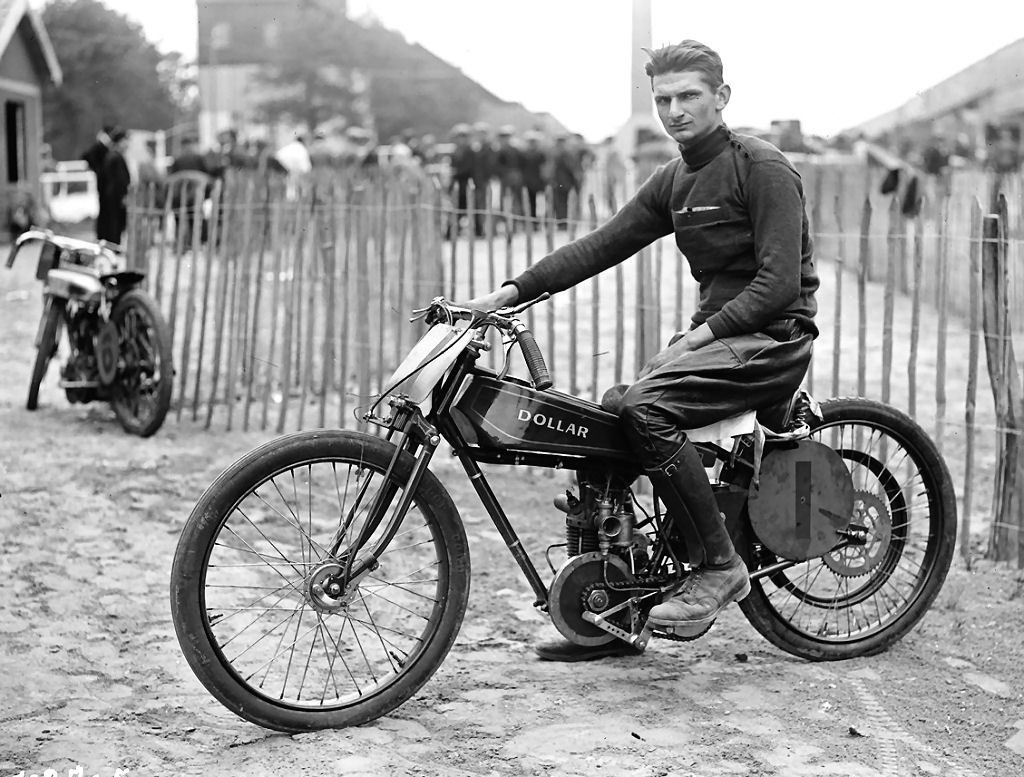
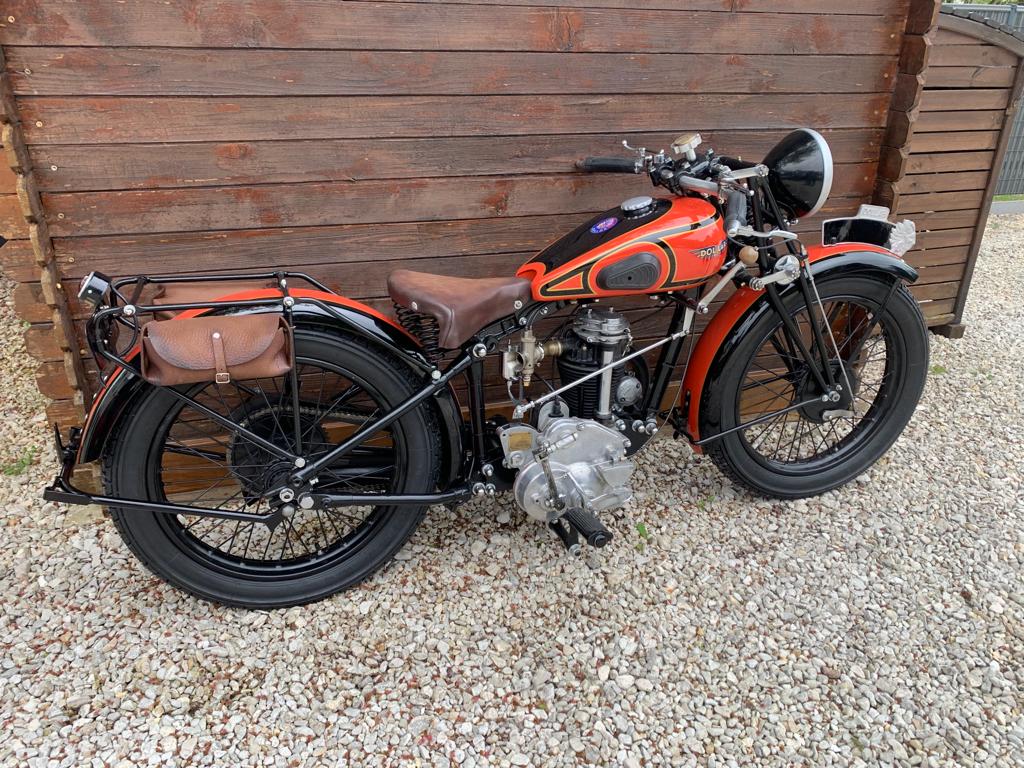
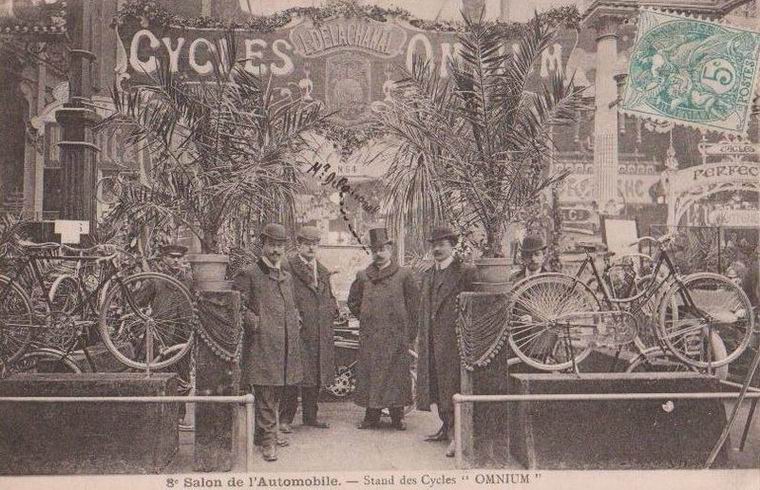


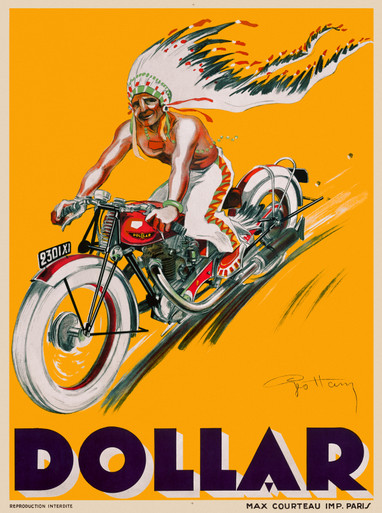
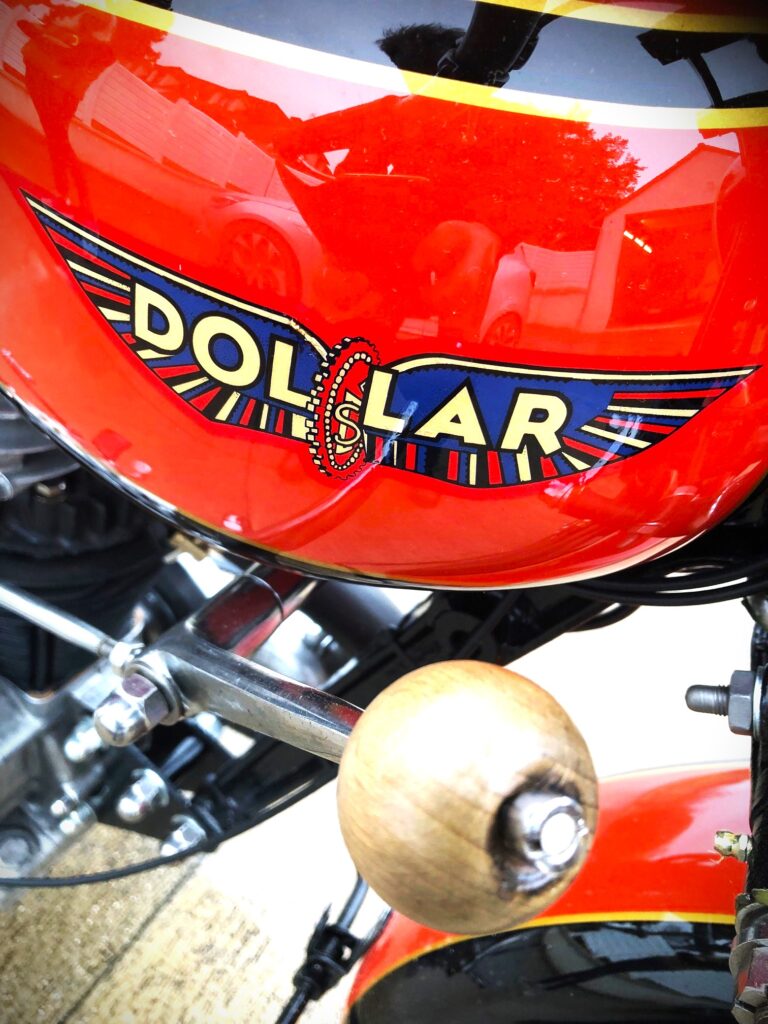
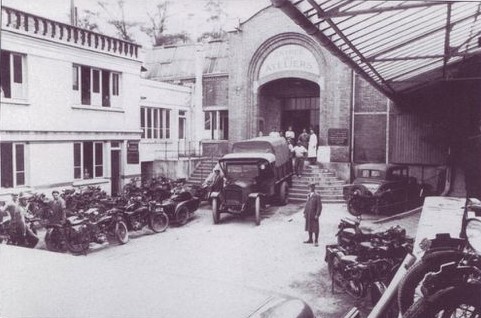
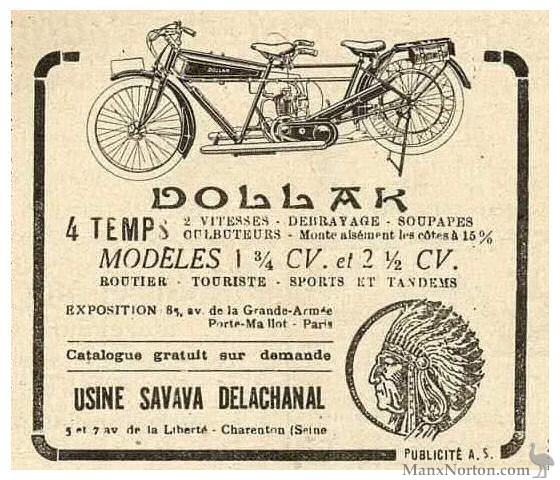
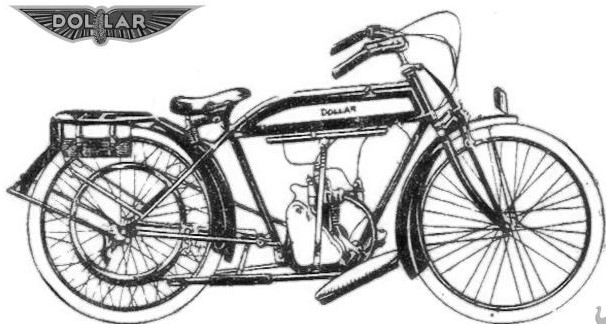

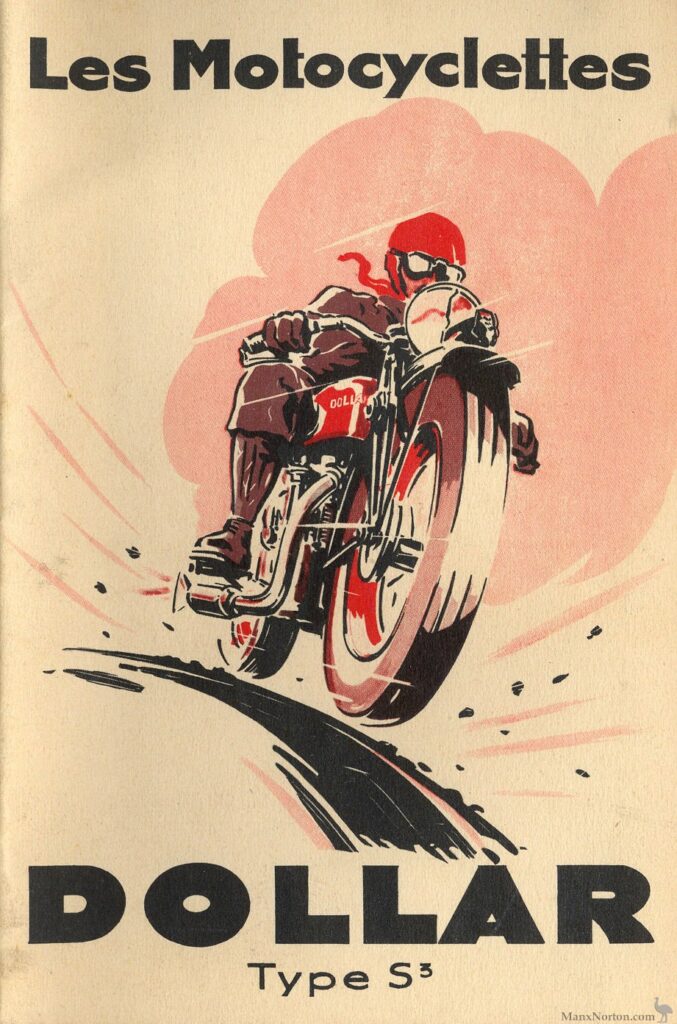
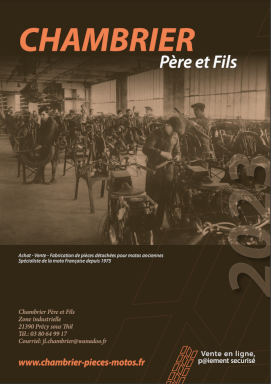
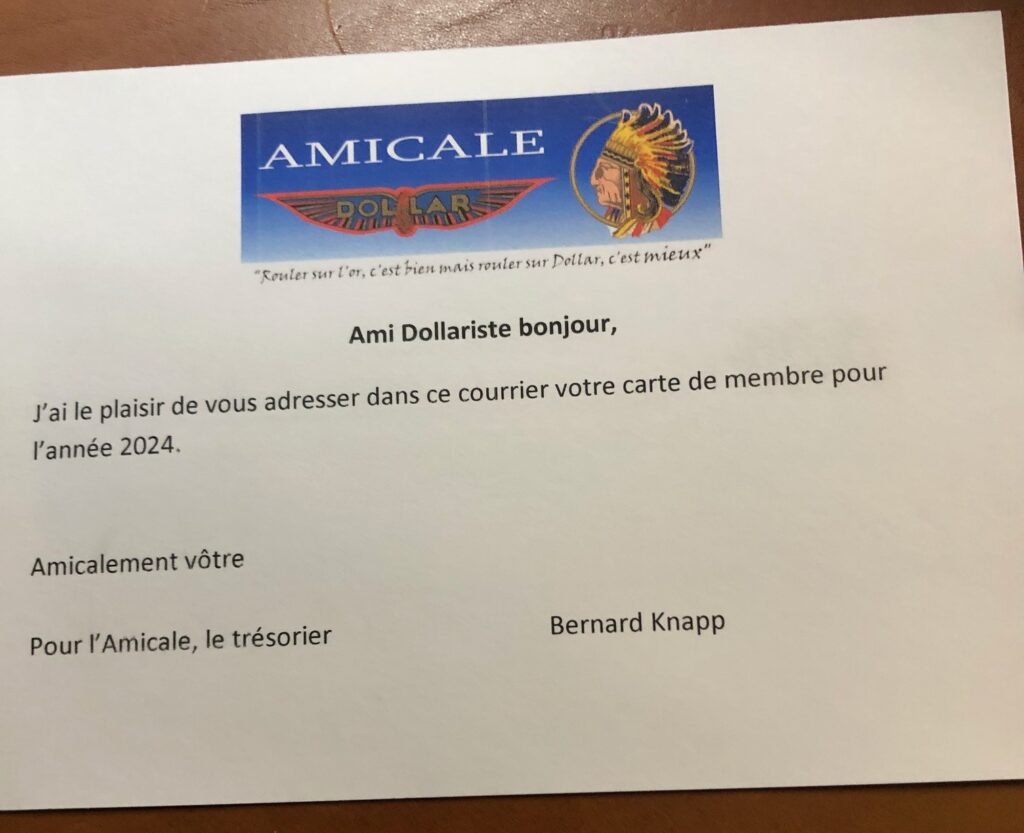
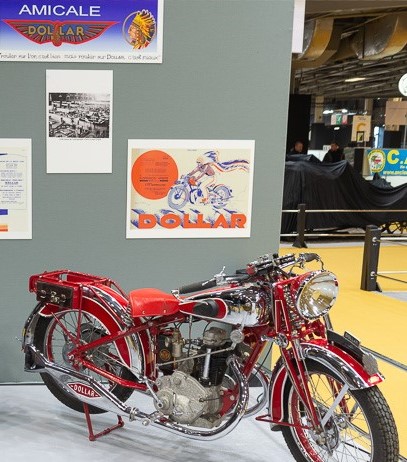

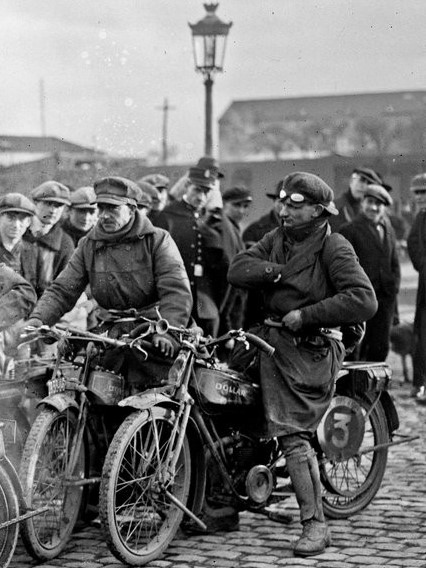
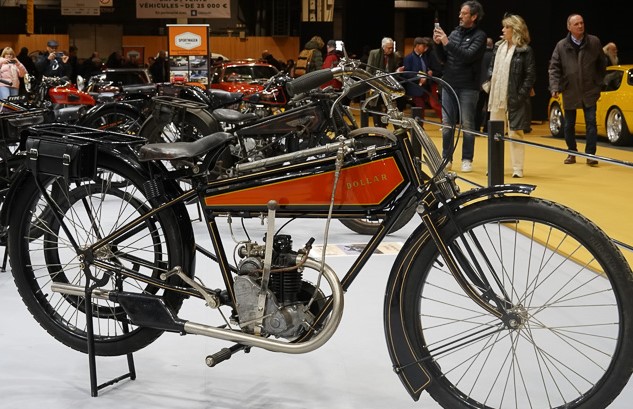
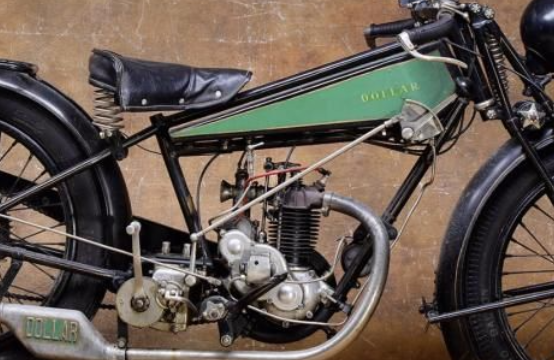
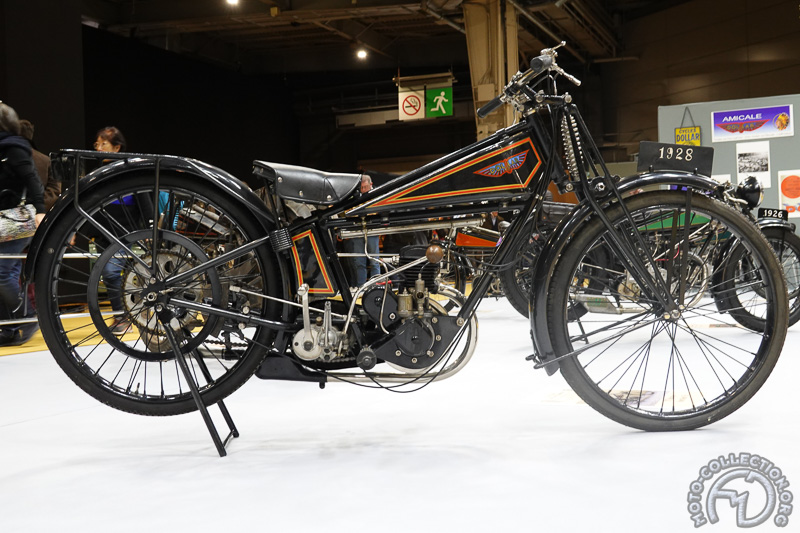
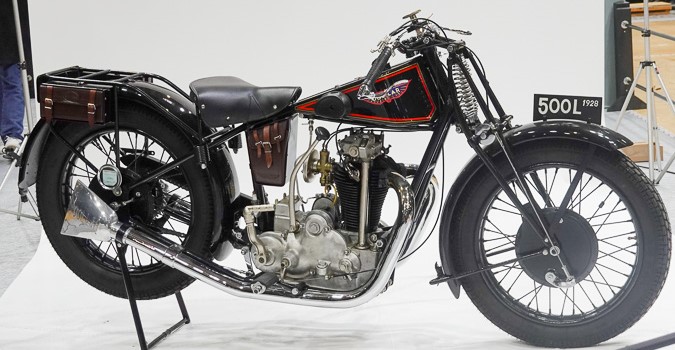
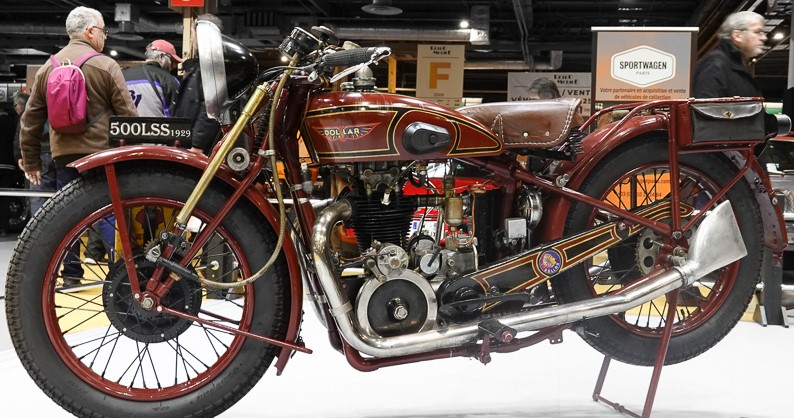
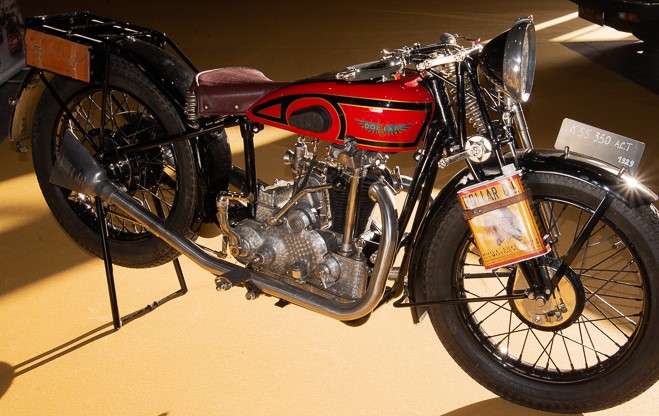
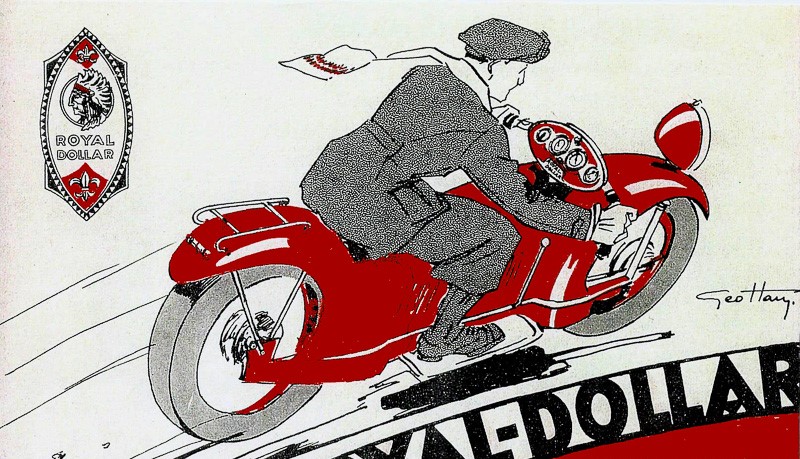
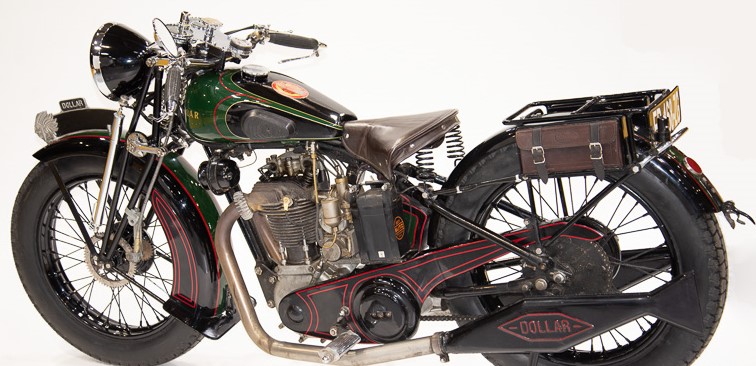

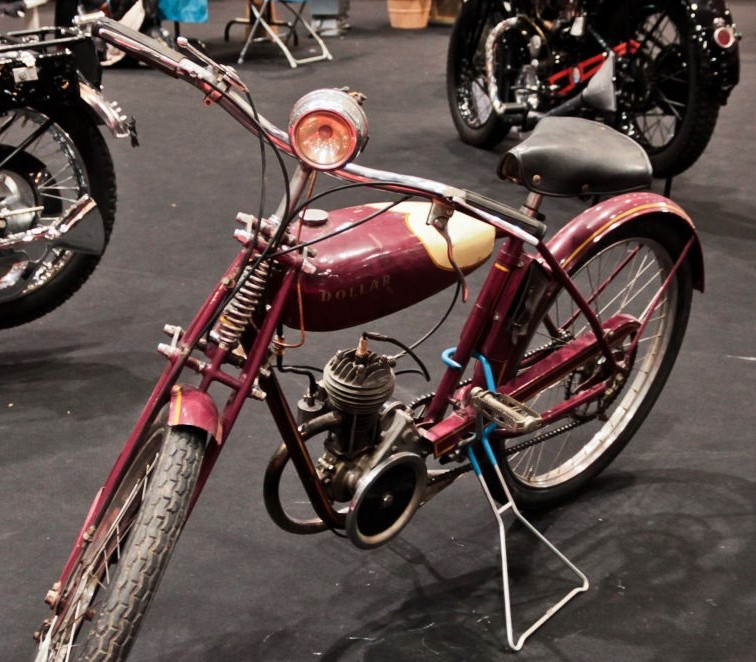
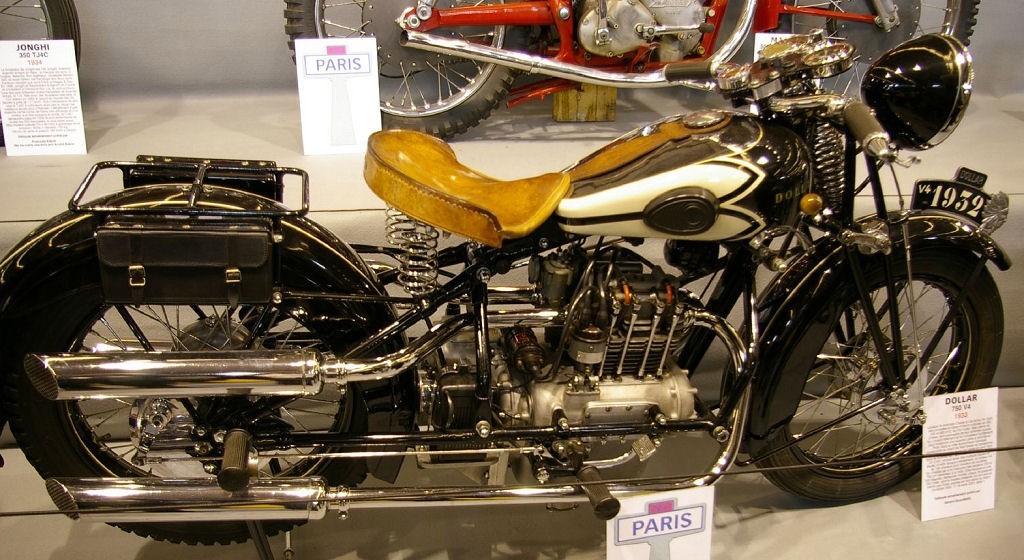
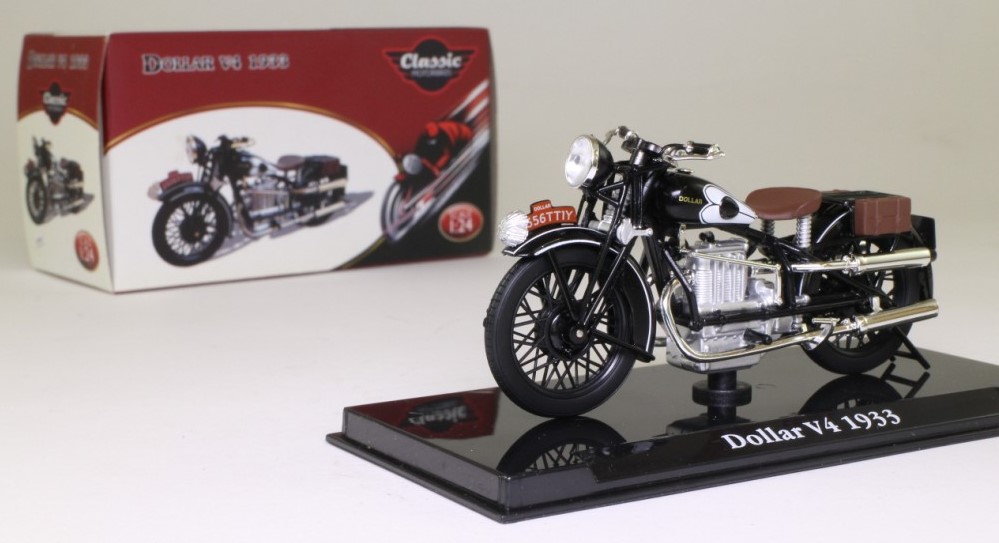
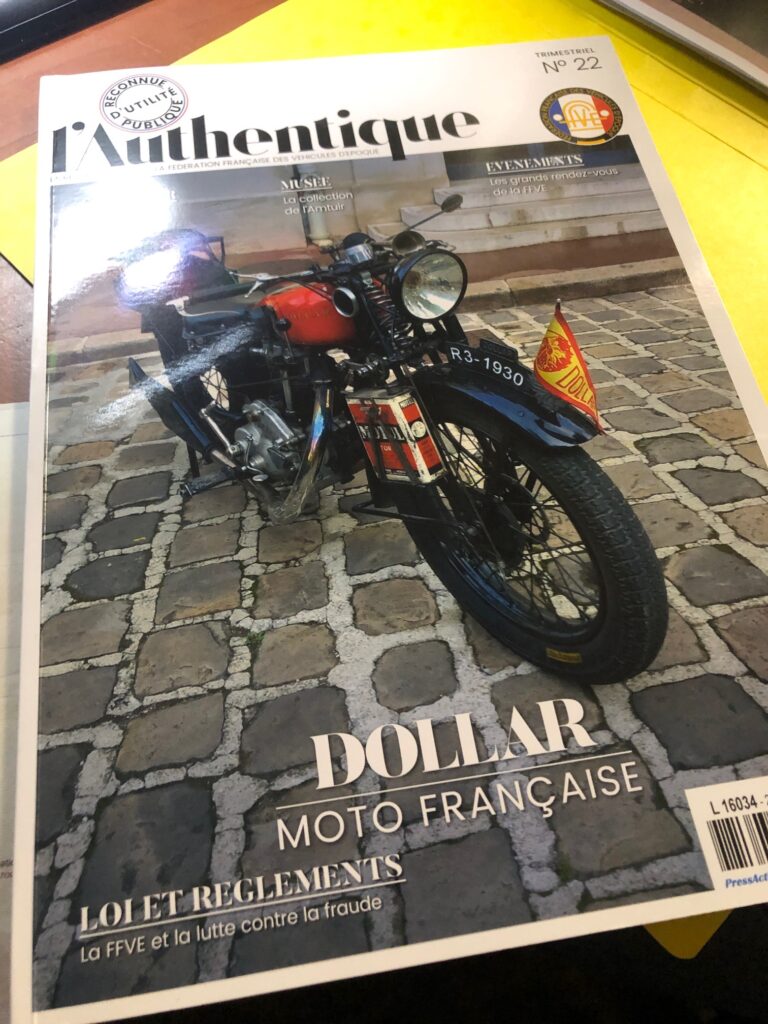
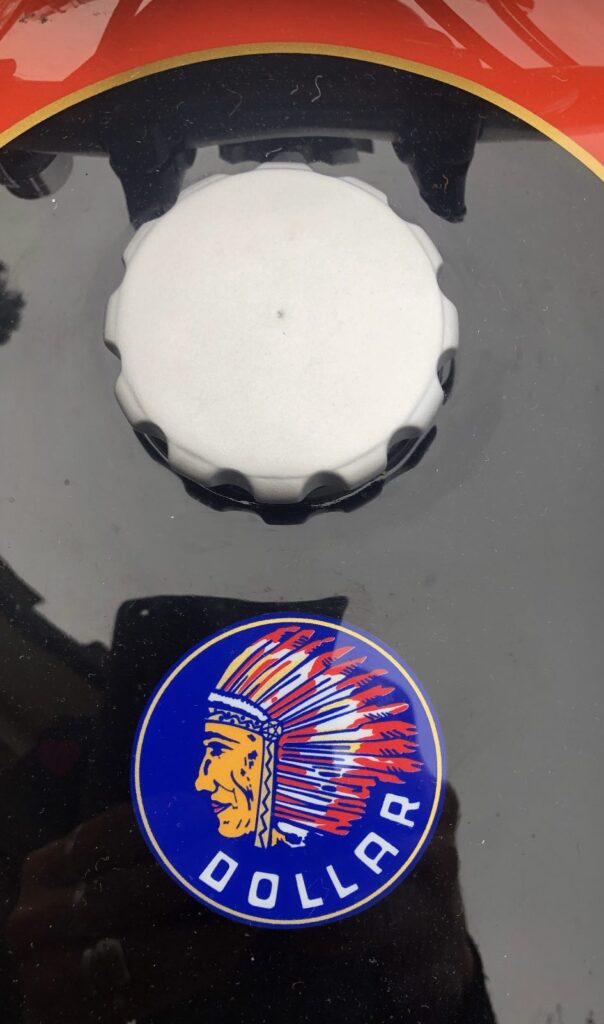
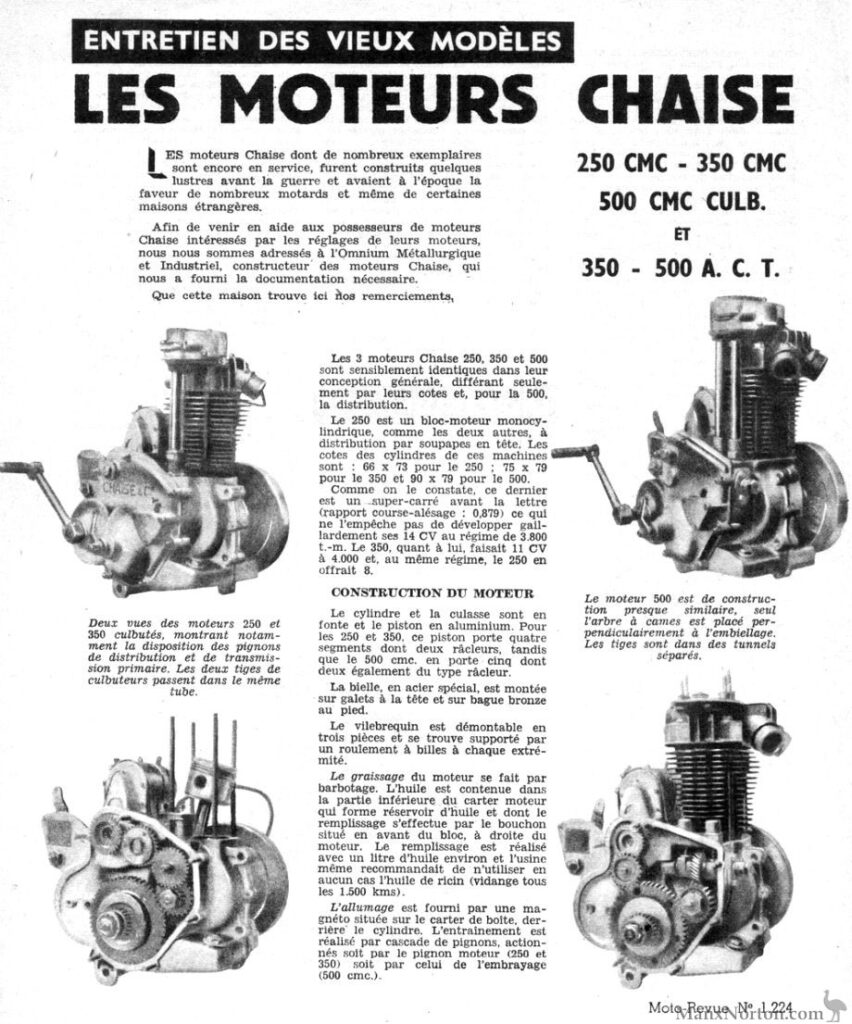




More Stories
RIDE TO LEONARDO DA VINCI’S CASTLE
RIDE TO BOOZ
RIDE TO THE VILLAGE CALLED HEDGEHOG